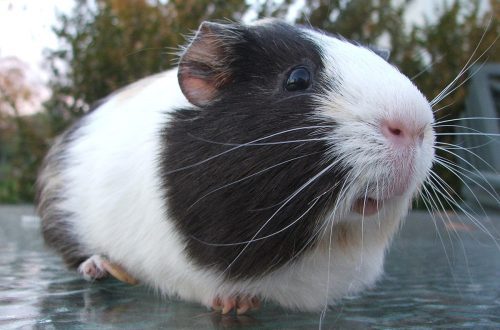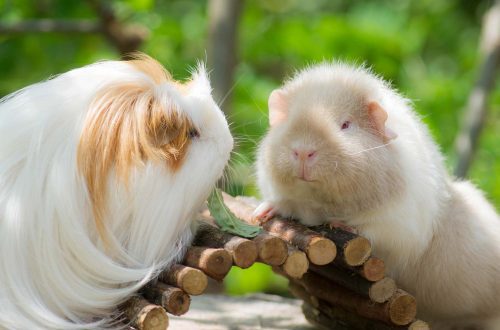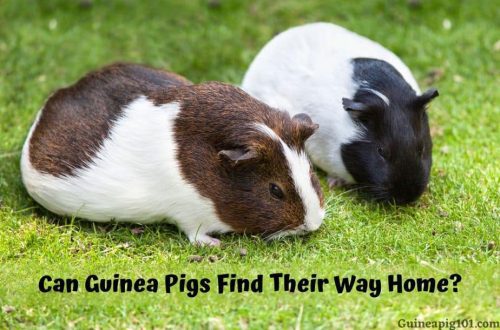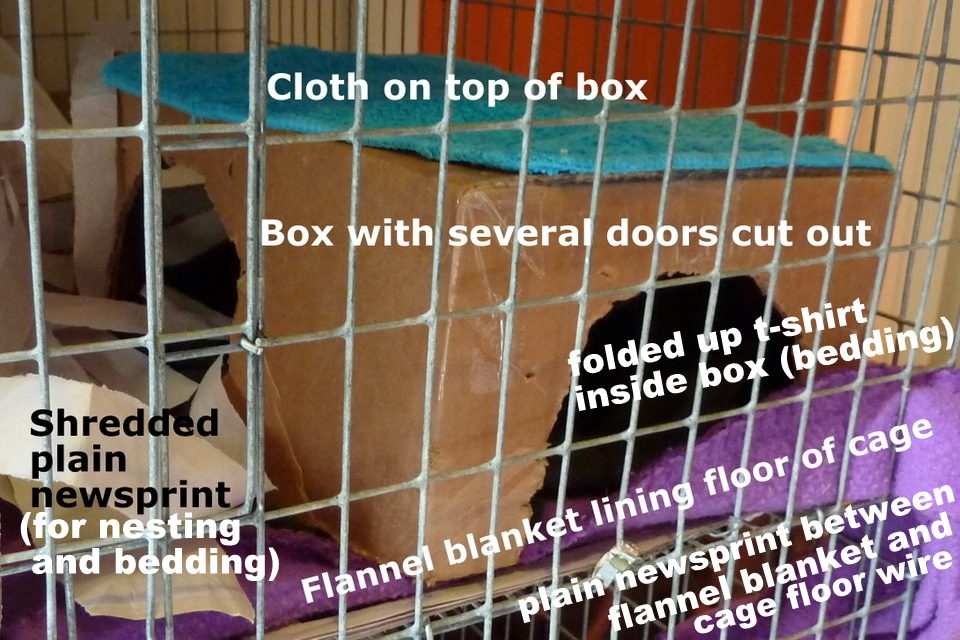
Rat litter (cage bedding): comparison table
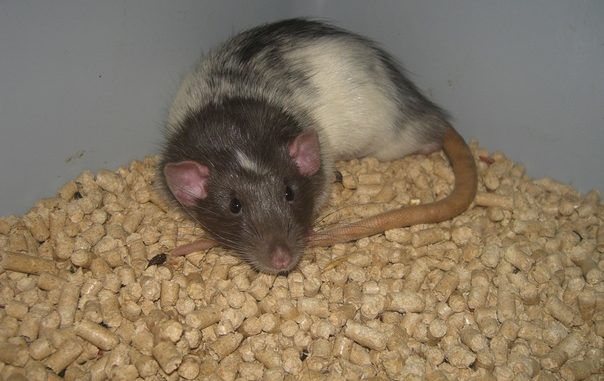
Ensuring cleanliness in the cage is the problem of all rodent owners. It is difficult to determine which litter is best for rats.
They are:
- woody;
- vegetable;
- paper;
- inorganic.
Contents
Wood litter for rats
To this kind rat cage filler include chips, sawdust, wood chips and pressed woodworking waste – granules.
It is important to remember: coniferous filler for decorative rats is contraindicated – it causes allergies.
Shavings
Pour rodents only shavings of deciduous trees. In order not to provoke a pet to sneeze, it should not be small and dusty.
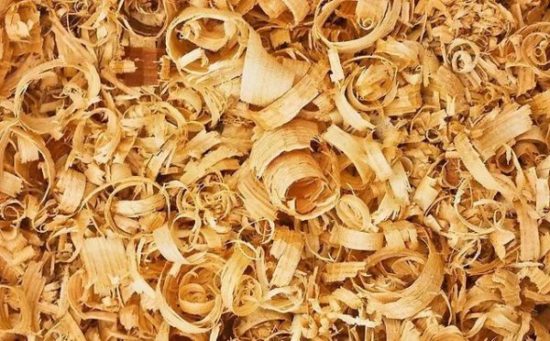
sawdust for rats
You can use sawdust for a domestic rat if there is a false bottom in the cage so that the rodent does not directly come into contact with them. Small particles and dust cause inflammation of the mucous membranes, sneezing and general malaise.
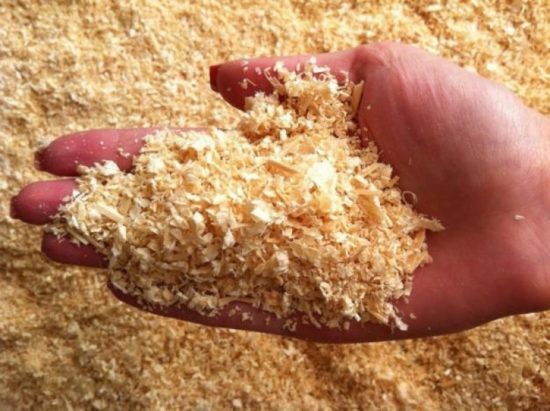
Wood chips
Hardwood chips are the best option among wood fillers. It does not produce dust, does not cause allergies, and is not traumatic for a rodent.
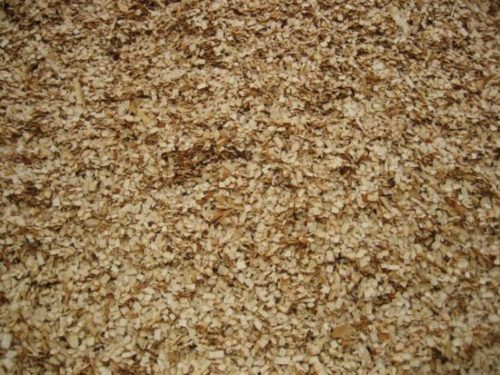
However, older and heavy individuals, predisposed to pododermatitis, experience discomfort.
Pressed wood pellets
They have high hygroscopicity – this is a big plus. But when wet, they turn into dust, irritating the mucous membrane of the animal. Stepping on dry granules, the pet is injured.

Vegetable fillers
This includes: hay, cotton, flax and corn litter, hemp mulch and grass pellets.
Hay
Dry grass does not absorb moisture well, it is traumatic for the eyes of the animal. Dust on it causes inflammation of the mucous membranes of the eyes and nose. Parasite eggs in hay can be a health problem for your pet.
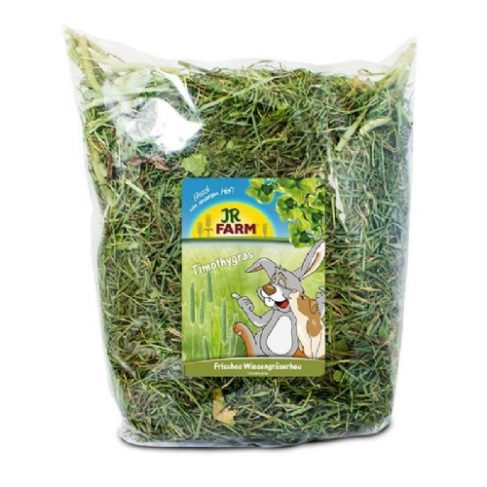
Cotton filler
It is not traumatic, hygroscopic, non-toxic, although sometimes it causes allergies.
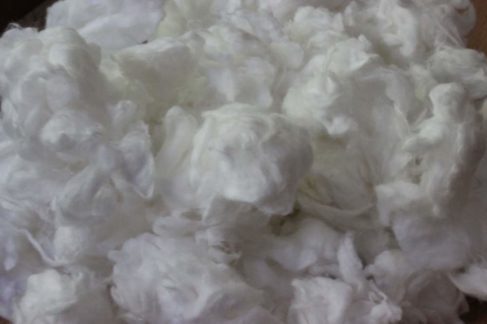
Flax pellets and campfire
This filler is hygroscopic and retains the smell inside, although wet pellets turn into dust and dust, and in solid form they are traumatic.
There are sharp stalks in the fire, which can cause injury to the rodent. Increased dustiness provokes rhinitis. But here the manufacturer plays a role.
What filler is best for little rats
Corn litter for rats is crushed corn rods. It happens:
- fine fraction;
- large fraction;
- granulated.
If the rat breeder is thinking about how to replace sawdust, the option of a fine fraction corn filler will be optimal.
The filler of large fraction allocates less dust, than fine. It does not injure the skin of pets, so it is best suited.
herbal granules
They are hypoallergenic, hygroscopic, but, like all granules, turn into porridge when wet. This contributes to pododermatitis and the occurrence of respiratory diseases.
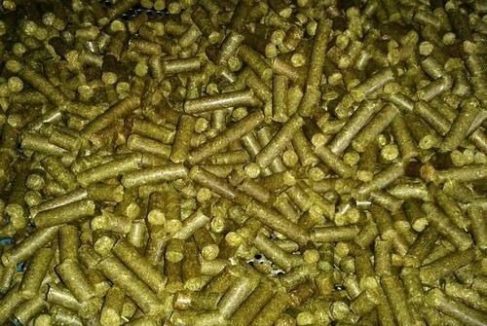
hemp fire
It is not allergic and safe, does not adversely affect the mucous membrane of rodents. Its disadvantage is the inaccessibility in our country. You can replace the fire with garden mulch.
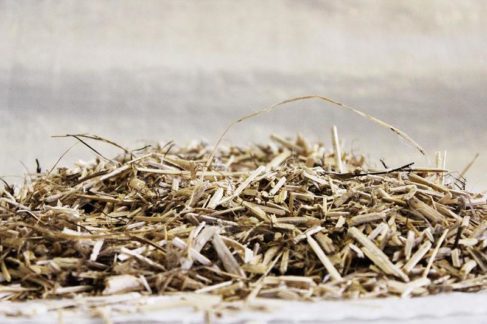
Paper fillers
Here they distinguish:
- newspapers and magazines;
- office paper;
- cellulose;
- paper towels (napkins).
Газеты
Printed products in rat cages are contraindicated – printing ink is harmful to animals.
Office paper
Clean office paper has low hygroscopicity and does not retain odor. The edges of the sheets hurt the paws of the animals. But rats need office paper torn in long strips to build nests.
Cellulose
Cellulose granules do not rattle, do not injure animals, are hygroscopic. But they are difficult to cover exactly the entire surface of the floor. Cellulose filler is recommended to be used in addition to another, pouring a second layer.
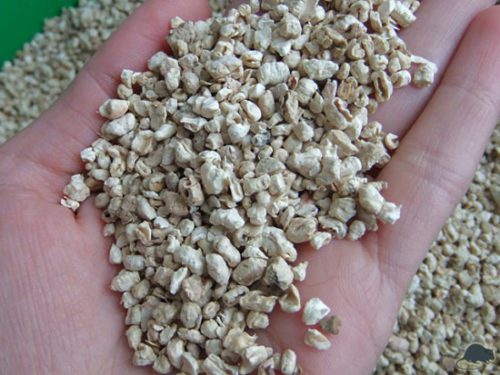
Paper bedding for rats (napkins, towels)
The disadvantages of napkins and towels are fragility, low hygroscopicity, inability to retain odor. Because of this, the cage needs to be cleaned two to three times a day. But the wipes are hypoallergenic, perfect for lactating females and small rats.
Inorganic fillers
These include disposable diapers and silica gel (mineral) fillers.
Disposable diapers
They are firmly fixed on the shelves and floor of the cage, then it will be clean and dry there. Do not use bedding for rats in cages where animals like to gnaw on bedding: small particles of material clog the respiratory tract of animals.

Silica gel and mineral fillers
They are used in cages with a false bottom height of at least 5 cm. Ingestion of silica gel into the esophagus leads to the death of the animal.
Comparison table of fillers for rats
| filler type | Pros | Cons | Price per liter (rub.) |
| wood shavings | Harmless, does not hurt paws | Low hygroscopicity | 5 |
| Sawdust | Non-injurious, non-poisonous | Allergy, mucosal inflammation | 2-7 |
| Hardwood chips | No dust, no trauma | Low hygroscopicity | 2 |
| Wood pellets | Absorbs moisture well | Injure paws, getting wet, turning into porridge | 28 |
| Hay | Non-toxic, hypoallergenic | Poorly absorbs moisture, does not retain odor, traumatic | 2-4 |
| Cotton | Not traumatic, absorbs moisture | Sometimes causes allergies | 4 |
| Flax pellets | Hygroscopic, retain odor | When wet, they turn into dust, when dry, they are traumatic. | prices vary |
| Flax fire | Hypoallergenic | Dusty, dangerous | prices vary |
| Corn | Hypoallergenic, hygroscopic | Granules are traumatic | 25-50 |
| herbal granules | Hypoallergenic | Traumatic, getting wet, turn into porridge | 30 |
| hemp fire | Safe | Difficult to find in our country | 9 |
| Paper Wipes | Hypoallergenic, safe | Poorly absorb moisture, quickly become unusable | 40 |
| Cellulosic | Hygroscopic, harmless, | Poorly locks the smell, does not lie flat | 48 |
| Disposable diapers | Hypoallergenic | May be inhaled if chewed | (1 piece) 12 |
| Silica gel | hygroscopic | Poisonous, very dangerous | 52 |
Choosing a litter for a domestic rat
3.9 (78.04%) 51 votes



